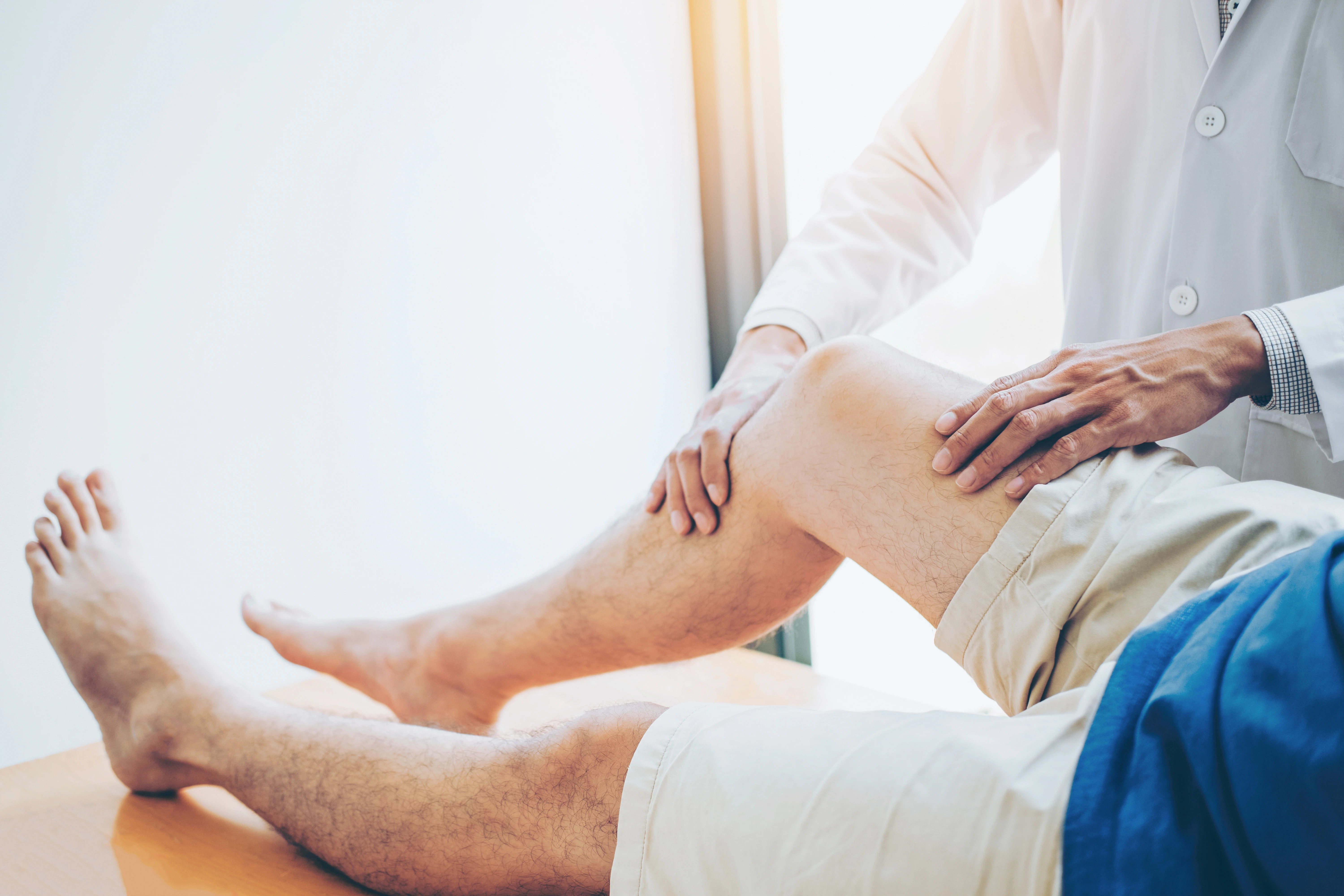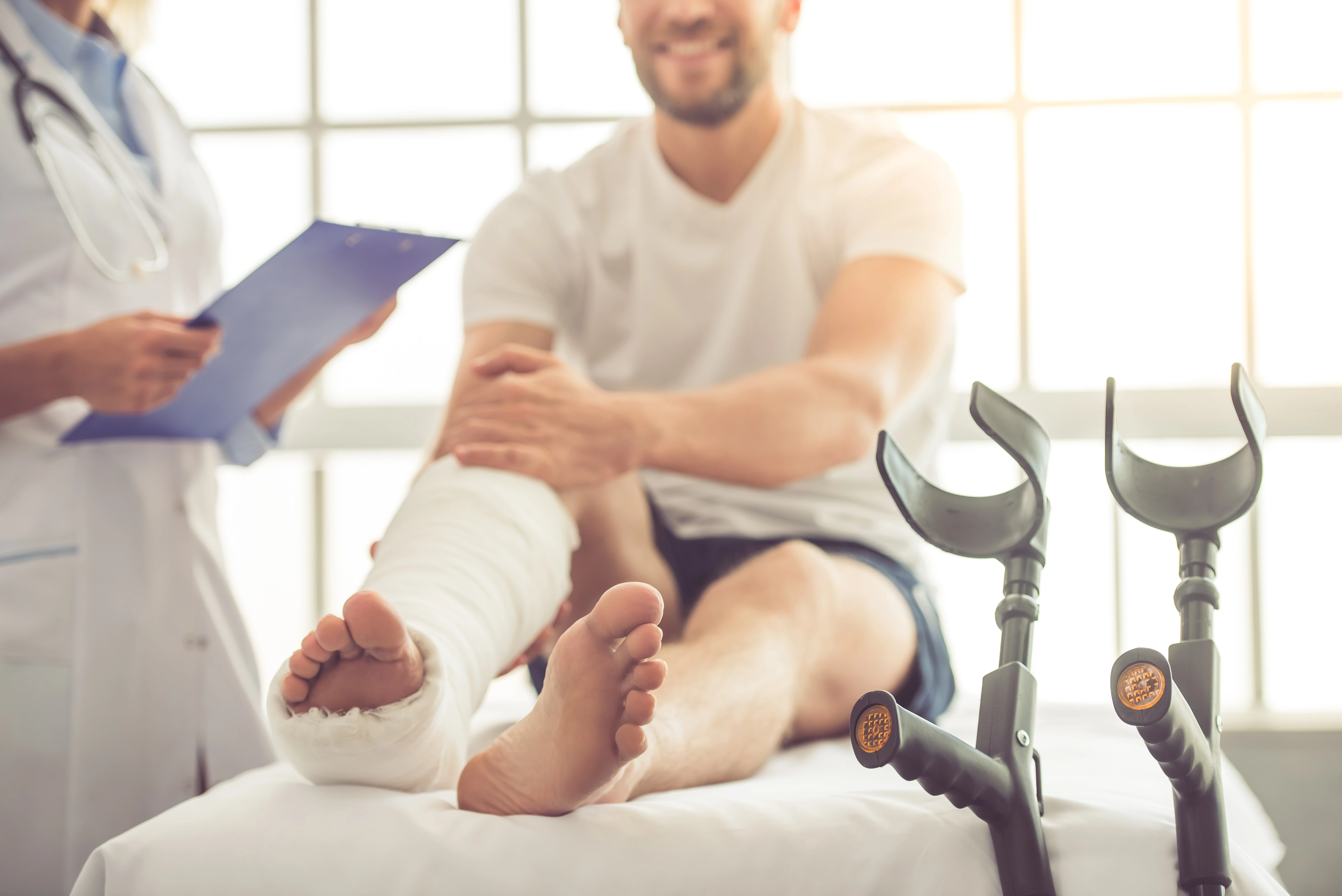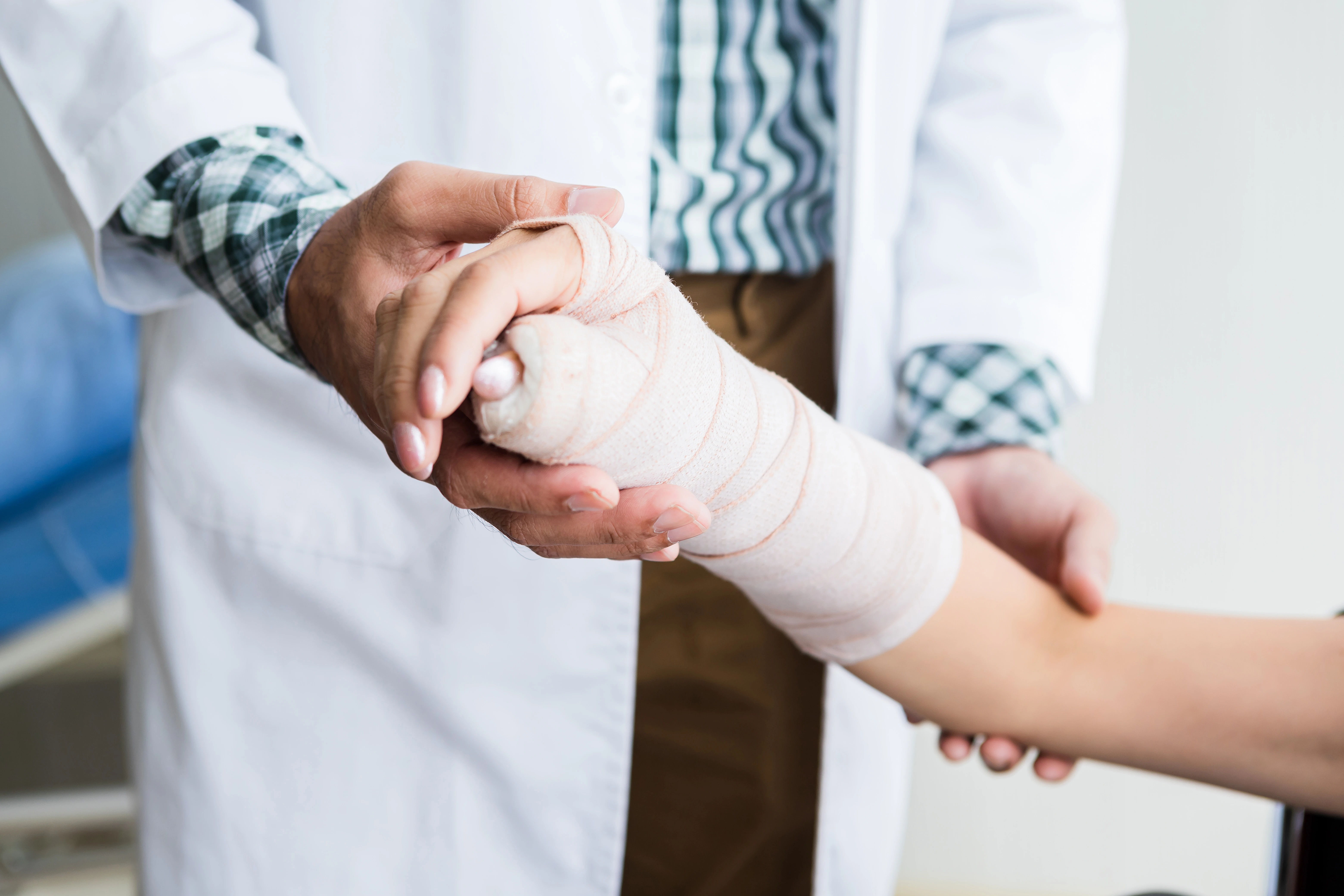Orthopaedic care addresses issues with your bones, muscles, tendons, ligaments and joints. We help the inner architecture of your body.
We work with you to expertly diagnose your injuries, understand how your complaints impact your life and collaborate with you to determine the best treatment plans.
We offer care for patients all ages, from pediatric orthopedics to aging adults. Additionally, our physicians lead some of the most advanced research in several specialty areas of orthopedic medicine.
Expand the sections below to learn more about some of the most prevalent issues and injuries we study and treat every day.
Orthopedic surgeons are specially trained to understand how all of the different elements of the musculoskeletal system work together, elements that include:
- Bones and muscles
- Ligaments, which connect bones
- Tendons, which connect bones to muscle
- Cartilage, which protects joints and bones by providing cushion and reducing friction in movement
General orthopedics is often where people first seek care for joint pain or mobility issues, and a general orthopedic surgeon is often the first referral from a primary care doctor to better address those concerns.
Some of the most common issues treated in general orthopedics include:
- ACL tears
- Bursitis (joint inflammation)
- Carpal tunnel syndrome (wrist)
- Dislocations
- Fractures
- Herniated ("slipped") discs
- Meniscus tears
- Osteoarthritis (from wear and tear)
- Rheumatoid arthritis (an autoimmune disease)
- Rotator cuff injuries
- Sprained ligaments
- Strained tendons
- Tendonitis
Proper diagnosis is key to treating any pain, limited mobility or other issue. In some cases, diagnosis will lead to referral from general orthopedics to an orthopedics specialty, such as for foot and ankle, hand and wrist or spine.
For most people, the lower extremities are the largest part of the body, bear the full weight of the upper body and propel us through the world. For all these reasons, it's no surprise that this is where we see many of the most common musculoskeletal issues and injuries, like those listed below.
Hip
- Femoroacetabular Impingement (FAI)
- Hip dysplasia
- Avascular necrosis
- Bursitis
- Hamstring tendon injuries
- Gluteal tendon injuries
- Hip arthritis
Knee
- ACL (anterior cruciate ligament) injuries
- MCL (medial collateral ligament) injuries
- Meniscus tears
Foot & Ankle
- Achilles tendonitis or tear
- Ankle and foot arthritis
- Ankle sprain and instability
- Bunions and hammer toes
- Foot and ankle fractures
- Ligament and tendon injuries
Diagnosis for issues in the lower extremities typically includes a physical exam and observation of simple movements.
Doctors may also refer patients for imaging such as an MRI or CT scan, X-rays or ultrasounds, and may order other tests, such as blood samples.
Many lower extremity issues and injuries can be treated without surgery. Even minor hip pain may be resolved with rest, icing and non-prescription pain medication.
Bracing, casting or splinting is often a part of treating lower-extremity injuries, and steroid injections may be recommended to relieve joint pain.
In some cases, surgery may be required immediately or when more conservative treatments don't resolve pain or mobility issues.
Common lower-extremity surgeries include:
- Achilles tendon repair
- ACL surgery
- Foot or ankle reconstruction
- MCL repair
- Knee arthroscopy -
- Limb salvage to replace damaged bone
- Partial or total joint replacement for the hip, knee or ankle
Hip: Learn More at Banner Health
The bones, joints, tendons, ligaments, cartilage and muscle from fingertips to shoulder together make up the "upper extremity" in orthopedic care. For most people, this part of the body is in near constant use for work and play, making upper extremity conditions and injuries common.
Some of issues we treat every day include:
- Bursitis (joint inflammation)
- Carpal tunnel syndrome (wrist)
- Cubital tunnel syndrome (shoulder or elbow)
- Dislocated shoulders and elbows
- Osteoarthritis (from wear and tear)
- Rheumatoid arthritis (an autoimmune disease)
- Rotator cuff injuries
- Sprained ligaments
- Strained tendons
- Tendonitis, including tennis elbow and golfer's elbow
Proper diagnosis is key to treating any issue that's causing pain or limiting your strength or how you can move.
Once diagnosed, many upper extremity issues can be treated without surgery.
Pain in the hand, wrist, elbow or shoulder is most often best treated with non-prescription anti-inflammatory medicine and protocols that include resting, ice, compressions and elevating.
Surgery may be required when injuries are more severe or when issues aren't resolved with more conservative treatments.
Common upper-extremity surgeries include minimally invasive arthroscopy to remove problematic tissue or bone, joint or bone stabilization, procedures that relieve pressure on nerves or tendons and full or partial joint replacements.
Orthopedic care for the back, spine and neck is often to address pain and/or limited mobility.
Factors causing these symptoms vary widely but among the most common are sprains and strains, torn muscles and ligaments, degeneration of vertebrae, herniated (slipped) discs, degenerative disc disease, osteoarthritis and osteoporosis.
Orthopedic spinal care commonly makes use of diagnostic imaging, such as X-rays, MRIs, CT scans, ultrasounds or bone scans.
Treatment for the neck and/or back often begins with non-surgical options. These may include guidance on rest and the proper use of ice and/or heat, non-prescription or prescription anti-inflammatory medication, prescription pain medication and/or steroid injections to ease compressed nerves.
When surgery is required, our operating rooms promote safety and efficiency with state-of-the-art technology such as spinal GPS (grid positioning system), employed for both conventional and minimally invasive surgeries.
Our sports medicine services cover the full range of care: guidance on injury prevention, diagnostics and screenings and treatment, both surgical and non-surgical.
Some of the injuries and ailments we treat most often through our sports medicine program include:
- Achilles tendon ruptures and tears
- ACL tears
- Bursitis (joint inflammation)
- Cartilage problems
- Dislocations
- Fractures
- Knee ligament injuries and instability
- Meniscus tears
- Muscle damage
- Patellofemoral problems
- Rotator cuff injuries
- Sprained ligaments
- Strained tendons
- Tendonitis, including tennis elbow and golfer's elbow
Proper diagnosis is key to treating any issue that's causing pain or limiting your strength or how you can move.
Once diagnosed, many issues can be treated without surgery
Non-surgical interventions include the latest advances in regenerative medicine, such as Platelet-Rich Plasma (PRP), Bone Marrow Aspirate Concentrate (BMAC) and Tenex.
In medicine, trauma describes severe injury, typically from some external force or event, such as a fall, vehicle accident or high-impact sports.
Orthopedic trauma treats serious injury to any part of the musculoskeletal system, often with multiple injuries to bones, joints and cartilage, muscles, ligaments and/or tendons.
At times, orthopedic trauma is life-threatening, but even when not, severe injuries usually mean potential lifelong impact. Fast, expert care can not only save lives, it ensures maximum recovery.
Even in cases of trauma, non-surgical treatment is always a first consideration. Some trauma can be treated with noninvasive therapeutics, some with minimally invasive arthroscopic surgery on an outpatient basis.
When surgery is required, our operating rooms promote safety and efficiency with state-of-the-art technology such as spinal GPS (grid positioning system) for minimally invasive surgeries as well as conventional open spine surgeries.
Find What You Need
Get patient forms, insurance information, phone numbers and other helpful info for new and current patients.
Virtual Help Desk Coming Soon








